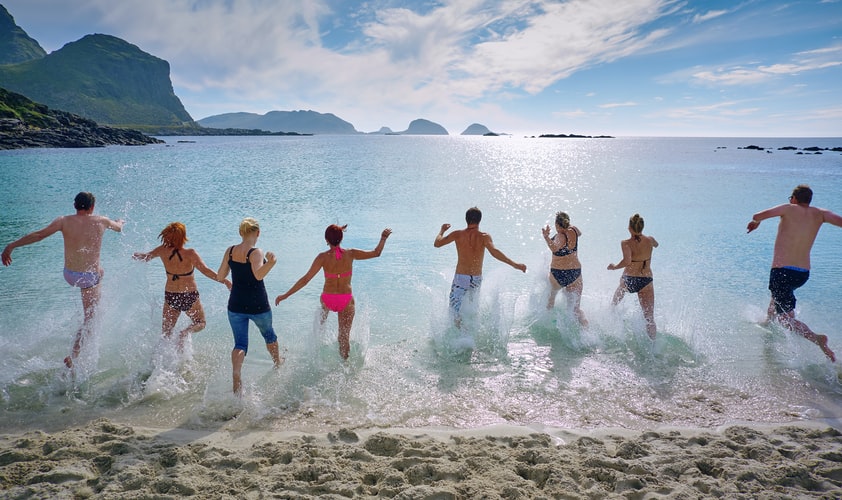Vacation days at the beach areas should always be fun and stress-free. Losing vulnerable items, sunburned kids, and sand all over your beach items, but to name a few, can ruin your beach day. To ensure that you achieve the most of your day, assuming everything goes out as planned, try out these beach hacks that will maximize fun and reduce aggravation.
1. Pack your beach bag the previous night
There is nothing worse than delaying your beach trip simply because you are looking for every item that you may need for the beach. Ensure that you put everything in place the night before; to save time. You may be lucky to be among the first beachgoers, allowing you to pick a good spot on the beach.
2. Don’t forget a good beach umbrella
A good beach umbrella is one of the few items you don’t realize how much you need until you go without it. Beach umbrellas shield you from extreme sun rays, provide a cool shade and add extra style to your beach excursion. Choose a beach umbrella that you can afford and suits your every need.
3. Make use of a mesh bag
To avoid bringing beach sand home with you, you can use a mesh bag to carry your kid’s toys and beach gear. As you return the toys and beach gears in the mesh bag after use, excess sand falls out on the beach rather than in your car or your house.
4. Bring along a fitted sheet
To prevent filling your beach towel with sand, use a fitted sheet that prevents blowing sand from invading your space. Lay your fitted sheets upside down, place a heavy object on the four corners to act as anchors, then pull the sheet up and stretch tightly.
5. Hide and protect valuable items
Valuable items like keys, money, and phones must be kept safe from theft, getting lost, and damaged. Use the “diaper trick” when you want to go swimming. You can wrap your valuables in a diaper then, fold the diaper as if it’s dirty. You can store your phone in a plastic bag or a pool pouch to prevent damage from sand and water. Also, you can tie your keys around a wine cork or a floating chain, especially if you are swimming with them to prevent sinking into the water.
6. Pack baby powder
There is no fun in wiping wet sand off yourself at the end of your beach day. However, you can use some baby powder to remove sand from parts of your body where sand is still sticking. First, you need to air dry as soon as you get out of the water, then apply baby powder. Baby powder absorbs excess moisture on your skin, making it easier to brush off the sand.
7. Start your day on a heavy breakfast
You may carry food to the beach but end up throwing it away because it’s filled with sand. To avoid this, ensure that you eat a heavy breakfast before heading out. You can pack some drinks and light snacks instead of something more substantial.
8. Carry an inflatable kiddie pool
For those parents with newly mobile babies, you can bring a small inflatable kiddie pool to the beach. If you are not careful, babies can move just enough to get away from you, making your day less enjoyable. You can put your baby into the inflated pool with some toys to keep them contained and still entertained.
9. Bring along a couple of balloons
At the beach, ears get blocked and need to be cleared. To do this, blow a balloon to clear your ears. It is also easy for the little ones to grasp this concept.
10. Avoid carrying heavy stuff to the beach
Instead of carrying a heavy chair down to the beach, upgrade it to a foldable chair that can also be carried like a bag pack. This opens up another hand to carry other things rather than making trips to and from the beach.
To maximize summer fun, use these simple hacks to enjoy your day at the beach. Make sure to carry an inflatable kiddie pool for your baby, if you have one, so that you may also get the most out of your fun in the sun.
Bonus: Try out reading our exclusive guide on top expensive beachfront homes.
Read Also:

























